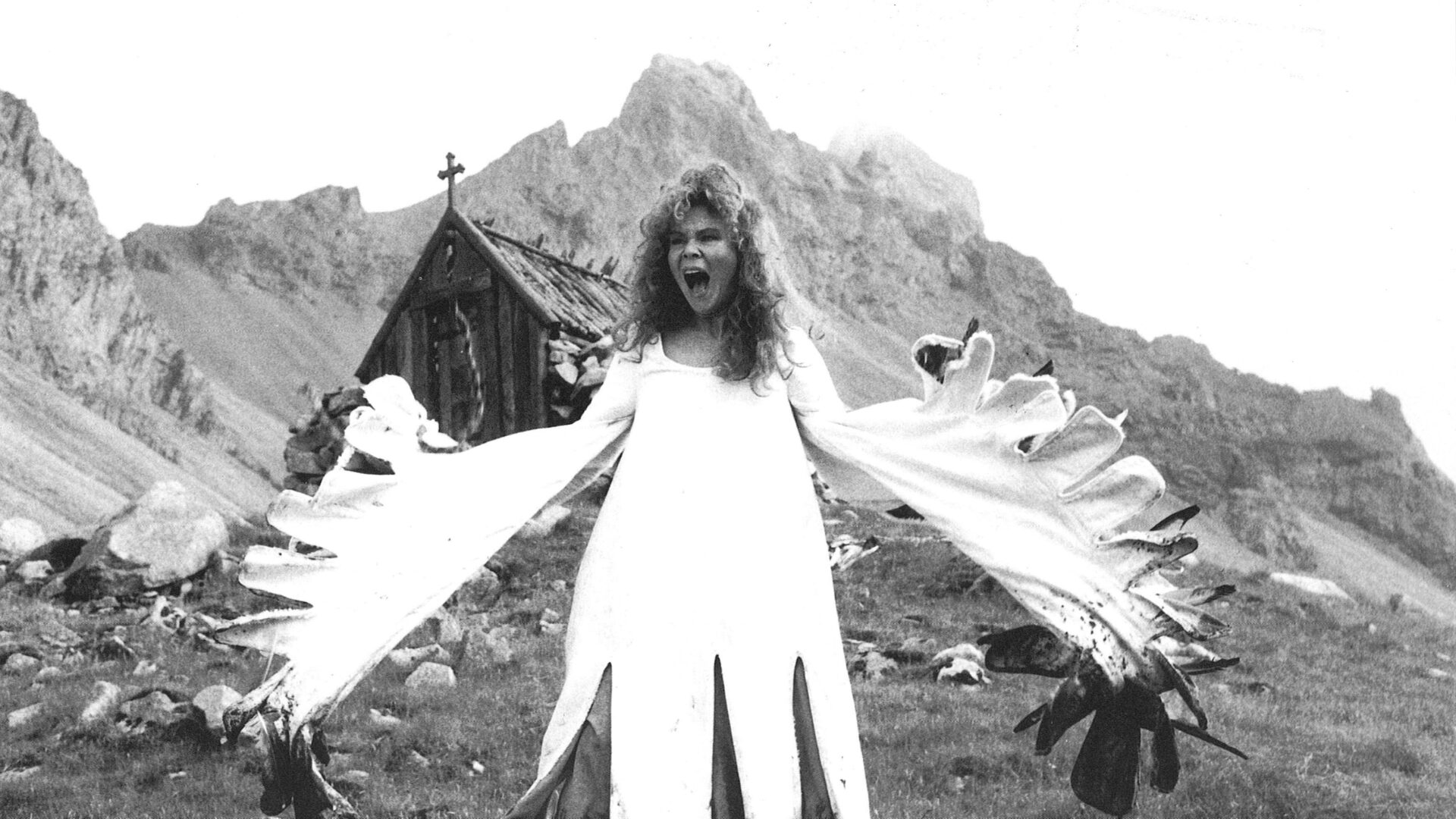June 13–28, 2019
Wayward Heroes: A Survey of Modern Icelandic Cinema
In May 2015, the usually jaundiced industry audiences at Cannes were surprised and invigorated by Rams, a drama set in a remote rural area of Iceland and directed by the effectively unknown Grímur Hákonarson, which went on to win the top prize in the festival’s prestigious Un Certain Regard section. For many, Rams was a revelation, and one that naturally invited a bewildered question: How is it that a remotely located nation of 300,000 people—a country where sheep outnumber humans three to one, and which in its peak years of film production made only ten fiction features—could produce such a remarkable piece of cinema?
As with many such discoveries, however, this one was hardly unforeseeable, not least because it was only the crest of a wave. In the months and years immediately preceding and following Rams’ Cannes triumph, films by Icelandic directors such as Dagur Kári, Rúnar Rúnarsson, Hlynur Pálmason and Ísold Uggadóttir picked up prizes at major festivals around the world, while Baltasar Kormákur, who had previously established himself as a successful transnational filmmaker by directing films in his native country as well as helming Hollywood fare, scored a major international success with his ten-part television series Trapped, which sold all over the world after debuting at TIFF.
In my new monograph A History of Icelandic Film, published in May 2019, I set out to chart the course of Icelandic cinema from the silent era to the present day, as the largely sporadic production from the 1920s to the 1970s gave way to the “Icelandic Spring” of the ’80s, the international inroads made in the ’90s by Fridrik Thór Fridriksson (the modern godfather of Icelandic cinema), the emergence of the scruffy hipster films that culminated in the worldwide success of Kormákur’s 101 Reykjavík, and the remarkable growth and diversity in Icelandic film production that we have seen in the first two decades of the new century. The ten films in this series—ranging from magic-realist fables to bloody Viking epics, sardonic deadpan comedies to hard-boiled Nordic noirs—offer a snapshot survey of that remarkable evolution from the ’80s to today. —Steve Gravestock
Opening NightThursday, May 30
Reception, Refreshments & Curator’s Introduction
6:00 pm — Doors
7:00 pm — Children of Nature with Intro by Steve Gravestock
9:00 pm — Jar City
Acknowledgments
The Cinematheque is grateful to Steve Gravestock of TIFF for generous assistance in making this Vancouver presentation possible.

List of Programmed Films
| Date | Film Title | Director(s) | Year | Country |
|---|---|---|---|---|
| 2019-Jun | Children of Nature | Fridrik Thór Fridriksson | 1991 | Iceland |
| 2019-Jun | Jar City | Baltasar Kormákur | 2006 | Iceland . . . |
| 2019-Jun | Under the Glacier | Gudný Halldórsdóttir | 1989 | Iceland |
| 2019-Jun | As in Heaven | Kristín Jóhannesdóttir | 1992 | Iceland . . . |
| 2019-Jun | When the Raven Flies | Hrafn Gunnlaugsson | 1984 | Iceland |
| 2019-Jun | Nói albinói | Dagur Kári | 2003 | Iceland |
| 2019-Jun | Golden Sands | Ágúst Gudmundsson | 1984 | Iceland |
| 2019-Jun | The Icelandic Dream | Róbert I. Douglas | 2000 | Iceland |
| 2019-Jun | Life in a Fishbowl | Baldvin Zophoníasson | 2014 | Iceland . . . |
| 2019-Jun | Rams | Grímur Hákonarson | 2015 | Iceland |
Note
Steve Gravestock is Senior Canadian and International Programmer, TIFF, and author of A History of Icelandic Film (Toronto International Film Festival, 2019). He has been programming Nordic films for TIFF since 1999 and Canadian feature films for TIFF since 2003.
Note on Icelandic names and usage: Icelanders utilize a patronymic/matronymic naming system and, with rare exceptions, do not have family names as such. Our program text follows Icelandic practice and uses an individual’s first name (or full name) in instances where we would ordinarily use a surname only. For instance, Fridrik Thór Fridriksson, in subsequent references, is “Fridrik” (not “Fridriksson”); Ágúst Gudmundsson is “Ágúst” (not “Gudmundsson”); and so on.
